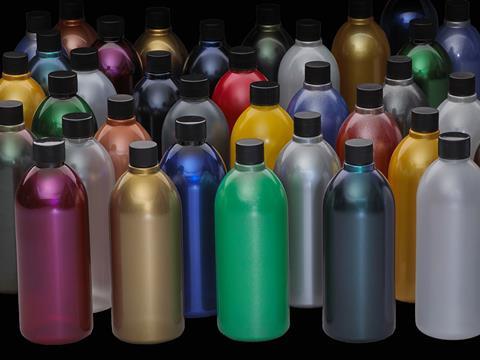
In this edition of the Rapid Interview, we speak with Nicolas Rivollet, global director of strategy and marketing at Penn Color.
Your elevator pitch: introduce and sell us your company in no more than 280 characters.
We help our customers make their products stand out through superior quality, aesthetics, feel and performance. We provide beautiful colours, special effects, advanced functionalities and we differentiate with bespoke formulations and excellence in customer relationships.
Where are your company’s locations? Are there any specific challenges or advantages relating to your geographical location that you could tell us about?
We have four manufacturing facilities close to the main industry hubs on the East Coast of the United States, one in the Netherlands and one in India. We are expanding our global footprint in with a new greenfield in India in 2021.
Tell us a surprising fact about the market you work in.
90% of a customers’ judgement about a product is based on colour alone. What consumers generally do not realize is that there can be up to 15 different components that enter in a formulation, to give the colour its vibrancy and make sure the colour lasts.
At Packaging Europe we like to watch trends and areas of innovation as they evolve. Can you tell us something we might not be aware of that is driving technology in your sphere?
As the SUP directive calls for higher recycled content and more recycling closed loop, colours and additives need to be “formulated-for-circularity”, to improve mechanical compatibility with the recycling stream and to reduce risks of chemical substances building up in the streams
What would you say is the biggest common misconception that you encounter in your business?
That PET can shrink its way to success from a recyclability point of view, by pushing brands to adopt clear-only packages. The largest growth potential for PET is in segments (liquid dairy, home and personal care, food) where colours are essential to functionalities and shelf appeal.
If the wider packaging industry could be transformed in some way, what kind of change would you like to see?
Similar to “nutritional facts” found on packages, the industry would benefit from communicating “carbon footprint facts”, for consumers to a) make educated choices based on fully integrated and comprehensive facts, b) understand for example how their choice to recycle or not impacts the results.
…and how do you envisage your company changing the industry in the coming years?
A big opportunity is to further de-risk our customers’ business, through seamless collaboration with our customer’s design & R&D team, further reduction of time and complexity of development cycles, extended depth and breadth of integration of sustainability & regulatory factors.














